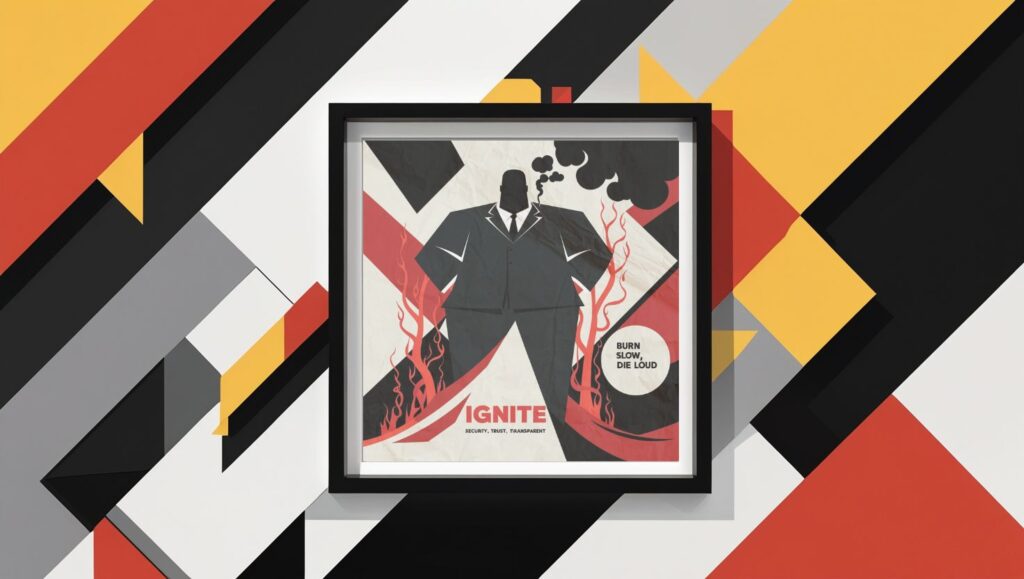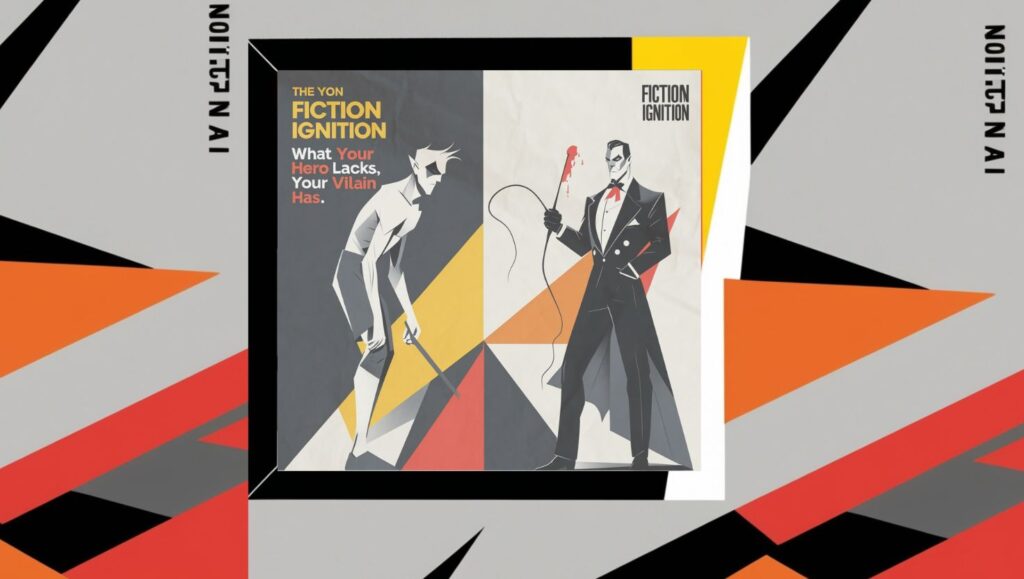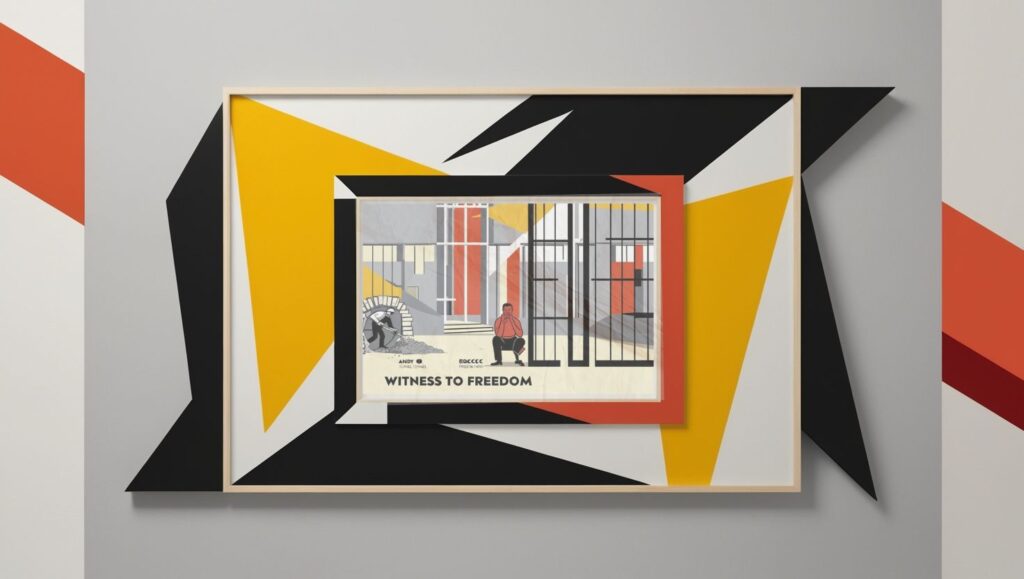🔥 Tony Soprano Character Arc: Long-Form Character Arcs
Greetings, Fiction Igniters! 🔥
Gather ’round the bonfire of bold storytelling, my Flame-Forged Wordsmiths, because today we’re fanning the flames of one of television’s most smoldering sagas: The Sopranos. We’re going deep into the molten core of its characters, dissecting how they don’t just change—they morph, like molten metal poured into the cast of fate. This is no fast flicker, no microwave minute. We’re talking about arcs that burn slow but die loud, echoing through the smoky chambers of story history.
This isn’t just about watching a guy get more ruthless or a marriage fall apart. Nah. This is about the slow dance with doom, the internal combustion of identity, the steady erosion of self wrapped in all the glitz of gabagool and gunplay.
So pour yourself an espresso—or a stiff drink—and let’s torch through what makes these arcs hotter than a pistol in a pizza parlor.
🧨 The Art of the Slow Burn: The Tony Soprano Character Arc
Let’s torch this myth right now, my Ember Enchanters: character arcs don’t need to come in like a Hollywood explosion. Sometimes, they creep in like smoke under a door. The Sopranos proves that the most devastating transformations can come not from sudden shifts, but from a thousand tiny sparks slowly lighting the fuse.
Why does this matter to you, oh Sparkline Story Spinner? Because this kind of storytelling is your secret weapon. It builds investment. It earns catharsis. And when done right, it turns your reader into a compulsive page-flipper, unable to look away from your character’s trainwreck—or their redemption.
🎭 The Tony Soprano Character Arc: The Anti-Hero’s Journey
Ah, Tony. The big, brooding, bada-bing boss of North Jersey. From the opening therapy scene in the pilot, where he tells Dr. Melfi, “Lately, I’m getting the feeling that I came in at the end,” we already smell the smoke. He’s not just having panic attacks—he’s suffocating on his own contradictions. A man of power haunted by the shrinking relevance of the old ways.
Across six seasons, Tony’s arc doesn’t lead to growth. It leads to clarity. He’s not “redeemed”—he’s revealed. The show slowly peels back his layers like charred wallpaper in a condemned house. The family man facade burns away, and what’s left is pure narcissistic flame. He kills, cheats, lies, rationalizes—and never changes. And yet we’re riveted.
This, dear Ink Ignitors, is the trick: a character doesn’t need to become better. They just need to become more themselves, until there’s nothing left but the core. And in the case of the Tony Soprano character arc, that core is radioactive.
And What About Other Soprano Character Arcs?
🚬 Christopher Moltisanti: The Tragic Descent
Christopher is the heartbreak. The could’ve-been. The ember that never catches. When we meet him, he’s cocky, full of ambition. He wants to write movies, get clean, be taken seriously. But addiction and insecurity keep dragging him into the furnace.
In “Long Term Parking” (S5E12), he betrays the woman who loved him the most—Adriana. That moment is a final spark sputtering out. Not because he’s evil, but because he’s weak, and weakness in long-form arcs is gasoline on tragedy.
As writers, we can learn from this: tragedy isn’t just about loss—it’s about wasted potential. Christopher’s arc smolders with what-ifs, and that’s what makes it burn into your memory.
🏡 Carmela Soprano: The Complicit Partner
Carmela doesn’t hold a gun. She doesn’t pull the trigger. But make no mistake, she’s got blood on her hands—metaphorically and materially. In “For All Debts Public and Private,” she starts to reckon with what it really means to live under Tony’s roof. She wants moral high ground and the jewels, the house, the lifestyle. And that contradiction? That’s her crucible.
What makes her arc brilliant is its subtlety. She knows, but she lies to herself. She rationalizes. She goes to therapy and still stays. That’s real. That’s human. That’s the kind of arc that doesn’t scream—it smolders. And as storytellers, that’s gold.
Your characters don’t need to choose right or wrong. Just make them choose something, and then live with it. That’s drama, baby.
🔧 Toolbox Tip: Crafting Long-Form Arcs Like a Mob Boss
Time to toss some hot coals into your writer’s toolbox, Firestorm Fictionists. Here’s your five-alarm guide to building a Sopranos-level slow-burn character arc:
- Establish Deep Roots 🌱 Every slow-burn arc starts with a solid base. Before the flame catches, you need dry kindling—rich backstories, contradictory desires, unresolved trauma. Know what your character wants versus what they need.
- Let the Fire Build Gradually 🔥 Don’t rush the shift. Layer small changes—an increasingly hard stare, a slowly growing lie, a moral compromise they wouldn’t have made a season ago. Let your readers notice the shift before the character does.
- Reinforce Through Consequences 💣 Every choice should reverberate. Carmela’s indulgence makes her daughter resent her. Tony’s narcissism alienates his closest allies. Show how the spark becomes a blaze.
- Make It Personal 🧠 The most resonant arcs are internal. This isn’t about new jobs or new lovers—it’s about self-image, belief systems, psychological evolution. Let your readers feel the heat inside your character’s chest.
- Stick the Landing or Twist the Knife 🗡️ Whether it’s redemption or ruin, it has to feel inevitable. That’s the genius of a great slow-burn arc—it surprises you, and then you realize you saw the smoke the whole time.
📚 Famous Sparks from Other Story Fires
This storytelling technique isn’t limited to mob tales, my Blaze-Born Balladeers. Let’s stoke the fire with a few more examples from across the storyverse:
- Walter White in Breaking Bad: Mr. Chips to Scarface, as Vince Gilligan famously said. The key? Every season showed Walt crossing one more moral line.
- Michael Corleone in The Godfather: At first, he wants no part of the family business. By the end? Stone-cold and alone. It’s not a turn—it’s a spiral.
- Joel in The Last of Us: From reluctant protector to emotionally dependent executioner. His final decision? Inevitable and devastating.
- Lady Macbeth in Macbeth: Starts with ambition, ends with madness. Every moment a log on the fire.
- Nina in Black Swan: Her slow mental unraveling transforms her, feather by feather.
- Ellie in The Last of Us Part II: Revenge doesn’t start with blood—it starts with grief. Her arc isn’t vengeance. It’s disintegration.
These arcs simmer until they sear.
🔥 Final Sparks of Wisdom From The Tony Soprano Character Arc
Here’s the thing, Kindle Conjurers: great characters aren’t static (and the Tony Soprano character arc is a prime example). But they also don’t need to sprint toward some tidy resolution. They just need to move—inward, outward, sideways, even backward—but that movement must feel earned. That’s the flame you’re feeding. That’s what keeps the reader up at 3 a.m. whispering “Just one more chapter.”
Remember, fiction is the only fire we set on purpose, and our characters are the smoke signals we send into the void, hoping someone sees themselves in the ashes.
So, keep your characters flawed. Keep them fiery. Let them burn slow. And when the time is right? Let them die loud.
Until next time, don’t write—ignite! 🔥










This text dives deep into the art of storytelling, emphasizing the power of flawed characters and compelling arcs. Tony’s struggles and Christopher’s potential create a magnetic tension that keeps readers hooked. The metaphor of fire and smoke beautifully illustrates how characters resonate with audiences. Why do you think such raw, imperfect characters leave a lasting impact? Is it because they mirror our own complexities?
I think you are right, we all are both fascinated and repelled by our shadows. The characters in The Sopranos do not hide the things that most of us keep hidden, not only to the world, but to ourselves.